Home. A place that is entirely yours. Yours to design, yours to adorn, and yours to map. It’s like your own tiny country, and you are the creator, always on the lookout to make it better, make it heartful, make it a proper home. And what are the most beautiful ornaments you can use to make your house more homey? Houseplants, of course!
And speaking of houseplants, how can we not talk about dracaena? It’s the perfect choice for a green and beautiful home. By the end of this article, you will understand why.
Image credits: piep.co.
If you decide to let this little delight grace your house with its gorgeous green presence, then you should definitely scroll through this whole guide. After all, isn’t it natural to want to get to know our guests before inviting them to live with you? So, get ready to learn everything about the delightful dracaena! And trust us; with all the helpful tips you learn here, a thriving dracaena will soon be part of your beloved home.
What is a Dracaena Plant?
Image credits: Caio.
A dracaena plant is a common houseplant with a woody, upright trunk and long, lance-shaped leaves. We bet you’ve seen it before. The name doesn’t ring a bell, still? Think charming shrub with thick stems and whimsical foliage that instantly bursts life into simple corners in houses and offices. Yes, that’s the one—our famous indoor plant, dracaena!
Dracaena (pronounced as dra-see-na) has its roots in ancient Greek mythology. It derived its name from the Greek word drakaina, which translates to ‘female dragon.’ Lore has it that its red stems were similar to dragon’s blood. However, some versions believe that their tall stems resemble the dragon’s neck, while their pointed leaves are identical to the scale of a dragon’s skin. Fascinating, isn’t it?
Dracaena has some fantastic perks. Some of them include really low maintenance, the ability of younger dracaena to adorn any desks or study tables effortlessly, and the ability of mature dracaena to glam up any corner in your house into a dramatic one. It’s the perfect companion for lonely nooks!
Moreover, a study by NASA proved that a few varieties of dracaena work wonders in removing harmful organic chemicals and purifying the air. Hence, dracaena isn’t just a fantastic addition to home decor; it also contributes to a healthier living environment!
Dracaena Basics
Scientific Name of Dracena: Dracaena spp.
Plant Type: It’s a shrub of the Asparagaceae family, mainly grown as a houseplant.
Size: Mature dracaena can grow up to 25 feet tall with a width of up to 18 feet. But they are commonly grown as houseplants, so their typical height ranges between 2 and 10 feet, with a width of 1 to 2 feet.
Light: Partial
Zones: 10-12 (USDA)
Native to: Australia, Asia, and Africa
Note: Although dracaena might look beautifully innocent, beware, as it’s highly toxic to dogs and cats. Ensure you don’t let your dear pets wander and consume it by mistake. Take all the safety measures and place this houseplant where your pets can’t reach it.
Where to Plant Dracaena
Image credits: foliacollective.
Since they’re popular houseplants, it’s no surprise that dracaena plants thrive in a cozy, warm location. Pick a spot in your house with bright but indirect sunlight, and voila, that will make a perfect home for dracaena. A few varieties can survive even in low-light conditions. Bam! There’s your solution to glam up your bathroom!
When summer hits, you can even bring your potted dracaena plant outdoors and let it enjoy some summer breeze. Avoid keeping them directly under the sultry sun to prevent foliage burn, though.
If you want to plant an outdoor dracaena variety, choose a spot that isn’t in direct light. Outdoor types can survive in hardiness zones 10 to 12 USDA. They’re winter hardy and grow taller and wider than the houseplants.
How to Propagate Dracaena
Image credits: Adela B.
Propagating dracaenas can be done through stem cuttings. It’s best done in spring or summer when the plant is actively growing. To cut stems, use sterilized or sanitized pruners and ensure that the cutting has some leaf nodes. Then, immerse the bottom of the stems in a rooting hormone. Lastly, choose a growing environment and follow the corresponding steps.
Propagating in Soil
1. Take a small pot and fill it with moistened potting mix. The pot should have a drainage hole.
2. Plant the stem in this pot.
3. Place this pot in a cozy spot that gets bright, indirect sunlight.
4. Water it daily and keep it moist.
5. After around three weeks, you’ll notice the sprouting of the leaves. It’s a sign that the plant can be repotted to a different container.
Propagating in Water
1. Fill a glass container with clean water.
2. Suspend the stem cuttings inside it, but don’t submerge the leaves.
3. Place this container in a warm spot that gets bright, indirect sunlight.
4. Change the water every other day, and soon, you’ll notice the root growth.
5. Once you see a good network of roots, remove it from the water and plant it in a container of potting mix.
Growing Dracaena From Seeds
It’s uncommon to grow dracaena from seeds, but here are the steps if you plan to do it. Make sure you start the process during early spring.
1. Before planting, soak the seeds in water for at least three days. This can enhance germination.
Take a small pot. Ensure it has a drainage hole and fill it with a good seed starter mix.
1. Moisten the mix and sprinkle the surface with the seeds.
2. Cover the pot with perforated plastic and locate it in a warm spot with abundant bright, indirect sunlight and water regularly to keep it moist.
3. In about four to six weeks, the seeds will sprout. Once that happens, remove the plastic and repot them to a different container.
How to Care for Dracaena
Image credits: Kaufmann Mercantile.
With proper love and care, almost anything can thrive. But if your days are packed to the brim, then dracaena is your go-to plant. It can survive with some basic care and act as the perfect accessory for your space. Now that we’ve covered the dirty part, let’s learn the basic tips you can practice to keep this beloved family member healthy and happy.
Light, Soil, & Water Needs
Dracaena is shy of the sun; it can survive direct sunlight only briefly. But it might burn the foliage. So, locate this sun-shy dracaena in a spot with bright or filtered indirect sunlight. It can even survive in low to medium light, but brightly lit places result in the best outcome.
This plant loves it when the soil has good drainage and is moist and rich. Water the slightly acidic soil properly each week for a healthy plant. During winter, water it once every two weeks. Proper watering is necessary as underwatering might turn the leaves brown while overwatering will kill the plant.
Note: Quench the thirst of your dracaena with distilled water, as regular tap water contains salts or minerals that dracaena doesn’t like.
Temperature & Humidity
The perfect temperature is 65 to 80 degrees Fahrenheit for most dracaena species to thrive. But if the temperature drops below 50, the dracaena houseplants will react adversely. They are also big humidity fans, so don’t place them near drafty windows.
You can do these things to ensure your plant doesn’t suffer from humidity deficiency: misting, getting a room humidifier, or placing the dracaena plant on a pebble tray with water.
Fertilizer Requirements
Dracaenas aren’t too demanding when it comes to fertilizer. Feeding them once a month with a water-soluble houseplant fertilizer is sufficient. You can halt fertilizing during winter when the plant’s growth slows down.
Tip: Try this Professional Dracaena Fertilizer by Leaves and Soul for a healthy and thriving plant!
Price at the time of publishing: $13.99
Pruning
When grown as houseplants (which is most of the time), dracaenas usually range from 2 to 10 feet tall. You can trim the top with sanitized pruners when the plant exceeds this height. When the new growth occurs, it’ll give a robust look to the plant.
Potting & Repotting
With time, fertilizers and salts from water might build up in the pot. This can damage the plant, turning its leaves brown and leading to eventual death. To prevent this, flush the soil daily with water until a clear stream flows from the bottom.
Still, the best way to resolve this would be to repot the plant every few years. The new container can be of the same size or slightly bigger. Moreover, fresh soil will give a significant boost to the plant.
Pests & Diseases
Image credits: humanbeancasey.
Pests and diseases simply love houseplants due to their cozy environment. Like many houseplants, your dracaena can be attacked by the following pests or diseases:
- Spider mites: The warm and dry environment of the houseplants is a point of attraction for spider mites. Webbing and flecked leaves are signs that they’ve already settled in their new home. They multiply within a jiffy, so get rid of them immediately. Spray the plant, underneath the leaves, and the soil with neem oil to control the spider mites. Regularly water the outdoor dracaena to keep it safe from this pest.
- Mealybugs and scale insects: These pets harm the plant by turning the affected leaves yellow and halting the plant’s growth. Mealybugs leave a gooey substance on the leaves, while scale insects appear as tiny bumps on the leaves. Use neem oil or insecticide to get rid of both.
- Leaf spot: This fungal disease looks like small brown dots on the leaf’s surface. Limited ventilation or overwatering are the leading causes of this disease. Get rid of affected leaves, improve airflow, or stop overwatering to protect your plant from this disease.
- Root rot: This fungal disease is caused by overwatering. It can turn the leaves yellow and cause them to fall off eventually. To prevent this, don’t overwater. But if root rot does affect your plant, remove the old soil and repot your plant in a fresh one.
Common Problems
Image credits: onlyplantfans_
If the dracaena leaves turn brown, it could be because of three things: built-up salts, humidity deficiency, or a lot of direct sun exposure. To avoid built-ups, use distilled water and flush the plant with clean water once a month. Regular misting or a humidifier should help maintain proper humidity levels. Lastly, avoid direct sunlight.
If the dracaena leaves turn yellow, it could be due to overwatering or poor drainage. To help your plant in its dire need, avoid overwatering. Remember, the soil has to be moist, not soaked. If it does happen, repot dracaena to a different container with good drainage, coupled with well-draining soil. Do it right and keep your plant healthy and happy.
Dracaena Types
With over 150 species of Dracaena, just a few are grown as houseplants. Here are some stunning types that you can consider growing in your home:
Corn Plant (Dracaena fragrans)
Image credits: jkrup4.
Dracaena fragrans has many varieties. The common name corn plant likely originated from its resemblance to the shape and structure of a cornstalk. The Dracaena fragrans has a striking gold band at the center of its leaves. It has a thick stem from which the leaves burst out like a fountain. The pretty hues and the charming structure make it a must-have houseplant.
Dragon Tree (Dracaena marginata)
Image credits: Alex Quezada.
The many cultivars of Dracaena marginata make beloved companions to your homes. ‘Madagascar Dragon’ and ‘Tricolor’ are two varieties you can consider. They both have thin, grassy leaves that create a colorful fountain. While D. marginata ‘Madagascar Dragon’ has dark green leaves bordered with maroon, D. marginata ‘Tricolor’ has enchanting leaves with forest green inside golden straps, all cocooned with red stripes.
Tip: Get Madagascar Dragon Plant from Costa Farms and let it prettify your casa!
Price at the time of publishing: $32.52
Song of India (Dracaena reflexa)
Image credits: Leiada Krozjhen.
The common names song of India, song of Jamaica, and Anita all refer to the stunning Dracaena reflexa plants. While the song of India features green leaves wrapped in a soothing cream color, a Dracaena reflexa with rich green foliage with light green centers is often called the song of Jamaica. Conversely, Anita is usually a small, joyful dracaena plant with grassy, densely clustered, narrow leaves.
Lucky Bamboo (Dracaena sanderiana)
Image credits: bearfotos.
Commonly called lucky bamboo, gorgeous Dracaena sanderiana will surely spice up your green game. Lucky bamboo grows shorter than other dracaenes, so growing it in a terrarium will give you an adorable outcome.
Tip: Get this amazing Lucky Bamboo by Costa Farms with a 47% discount!
Price at the time of publishing: $18.10
Snake Plant (Dracaena trifasciata)
Image credits: Mokkie.
Dracaena trifasciata, or snake plant, has more quirky names like bowstring hemp or ‘mother-in-law’s tongue’! It’s a charming little plant that’s easy to grow, with leaves shaped like swords. The color of the foliage depends upon the variety, from shades of green to yellow and, sometimes, even gold. Imagine how quickly it will elevate your space with its distinct appeal!
Tip: This Snake Plant by Costa Farms comes with 19% off! Let it grace your house with its remarkable presence!
Price at the time of publishing: $30.63
Narrow-Leaf Dragon Tree (Dracaena angustifolia)
Image credits: Vie Studio.
This tropical, ornamental shrub is commonly called the narrow-leaf dragon tree. It features long, glossy leaves with a rich green color. It is a small, slender houseplant that immediately grabs attention. Let it cozily nestle on the table and give your bare home office a green touch.
Dracaena deremensis
Image credits: plantolica.
Dracaena deremensis has some brilliant cultivars that are much loved. Dracaena deremensis ‘Compacta’ (aka ‘Janet Craig’), ‘Lemon Lime,’ ‘White Jewel,’ ‘Lime Light,’ or ‘Lemon Surprise’ are just a few fun ones, each distinguished by their varied foliage. You can either grow one or try them all together for a colorful treat!
Dracaena: the Delightful Dragoness!
Even NASA, yes, The NASA, agrees what an excellent and helpful plant dracaena is! Then how could you not? It is a gift that comes wrapped with minimal care and ornamental beauty! We can see your mind changing already. Go on, get that dracaena; we know you want to. And don’t forget to let us know in the comments once it ornately graces your house.
Did you enjoy this guide? If so, you can check out our other guides about growing and caring for flowers like begonia, aster, lantana, and moonflowers!
Image credits: nova_natura_zemun.
FAQs About Dracaena
Is Dracaena a Good Indoor Plant?
A dracaena can thrive with minimal care and instantly beautify your house with its lush presence. So, yes, it’s not just good but an excellent indoor plant.
Does Dracaena Like Full Sun or Shade?
Dracaena likes partial sunlight. Some varieties can survive in full sun for a short period. However, keeping them in a bright spot with indirect sunlight is recommended to avoid foliage burn.
What Are the Cons of Dracaena?
Although it is one of the most popular houseplants, dracaena has a few downsides. The following are the cons of dracaena:
- Dracaena plants are highly toxic to pets.
- They are susceptible to pests and diseases. Even overwatering by mistake can lead to root rot.
- They don’t like the salts and minerals in tap water; hence, they require filtered or distilled water.
- Overwatering can cause the leaves to turn yellow, while underwatering can result in brown leaves.
Can You Plant Dracaena in the Ground?
Yes, you can plant dracaena in the ground. But know the species you are growing and the zone you are in. If your house is in zones 10 to 12, you can definitely plant them in the ground. But in other zones that experience occasional frost, protecting dracaena with some covering is crucial. Otherwise, they won’t be able to survive.
720views
Share on FacebookThanks for the guide! I have this plant and it's nice to have a guide to help take care of it
Thanks for the guide! I have this plant and it's nice to have a guide to help take care of it

 Dark Mode
Dark Mode 

 No fees, cancel anytime
No fees, cancel anytime 






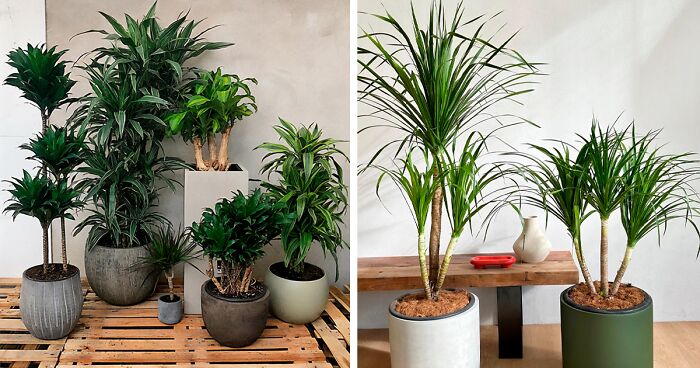
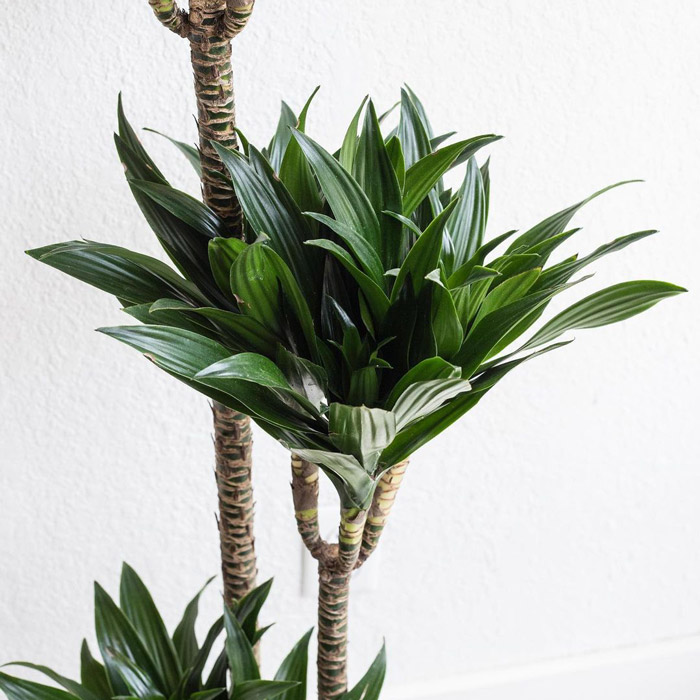
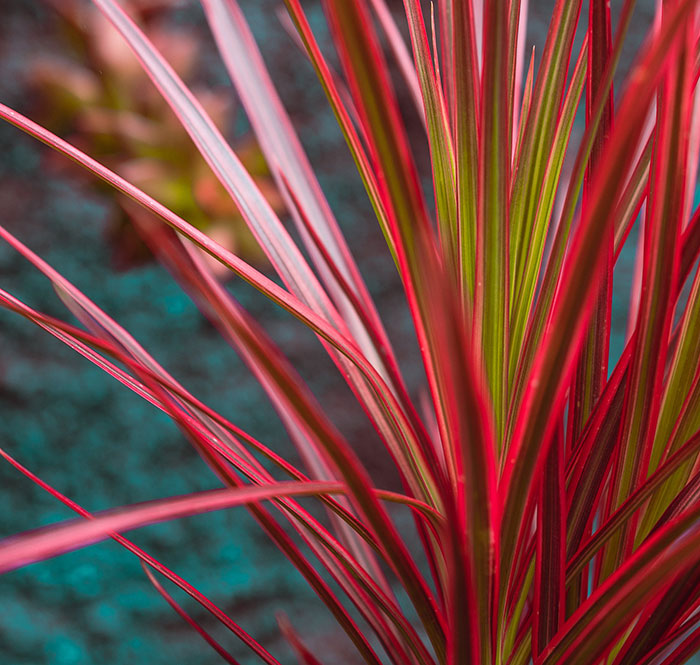
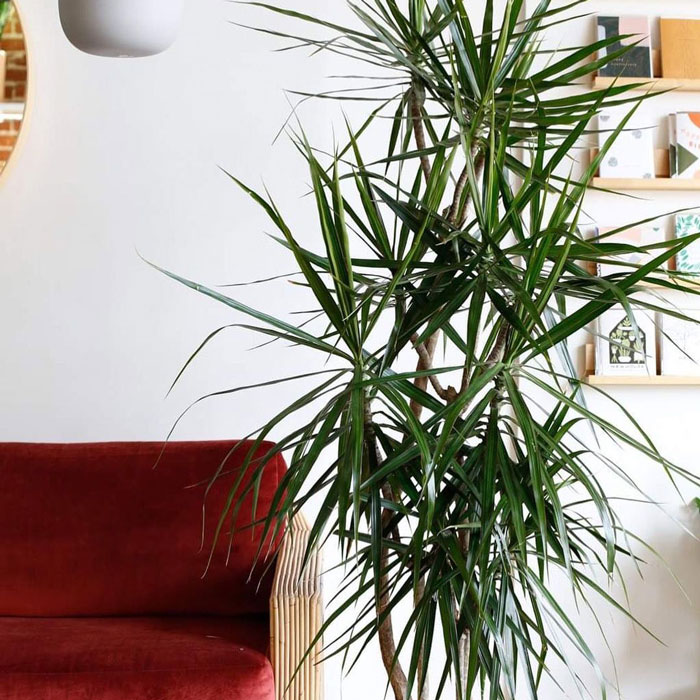
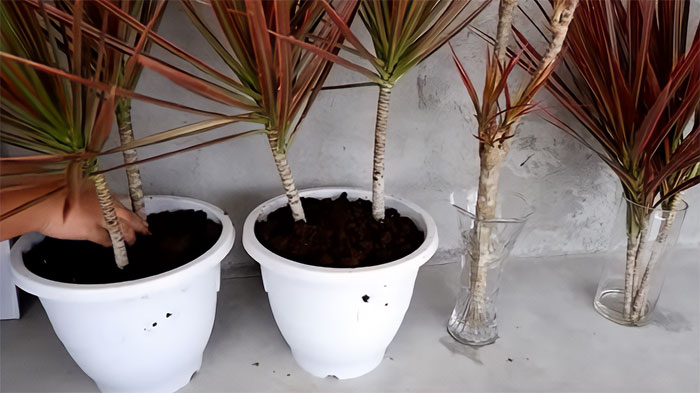
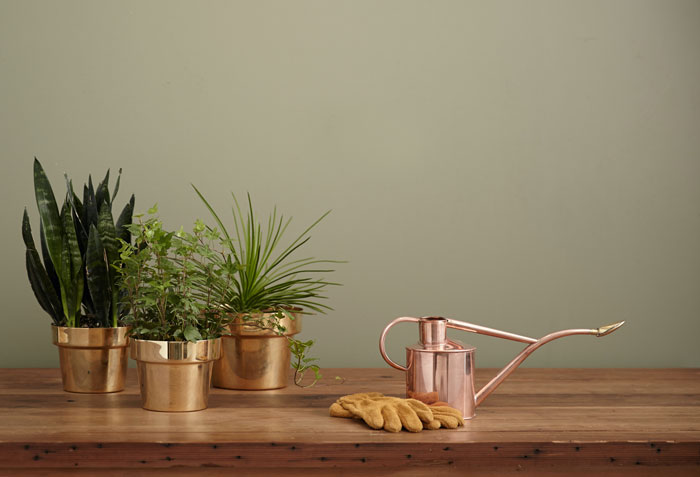
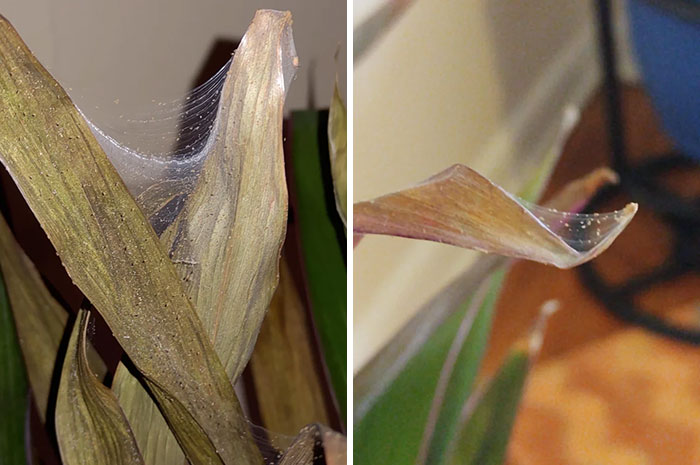
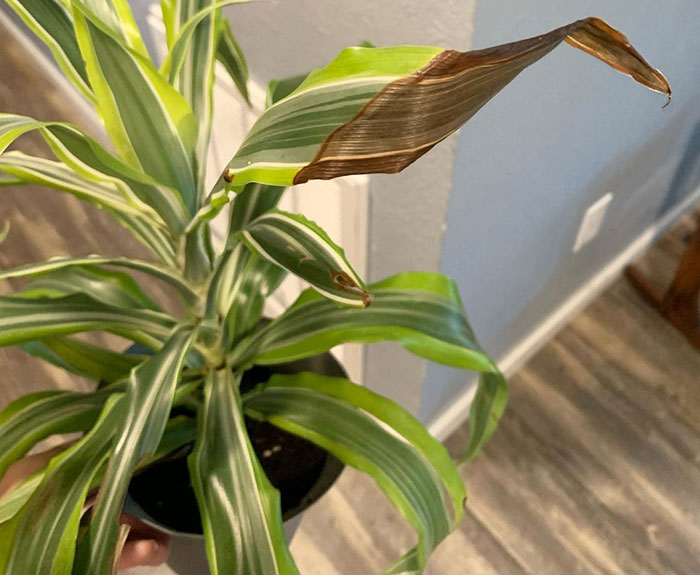
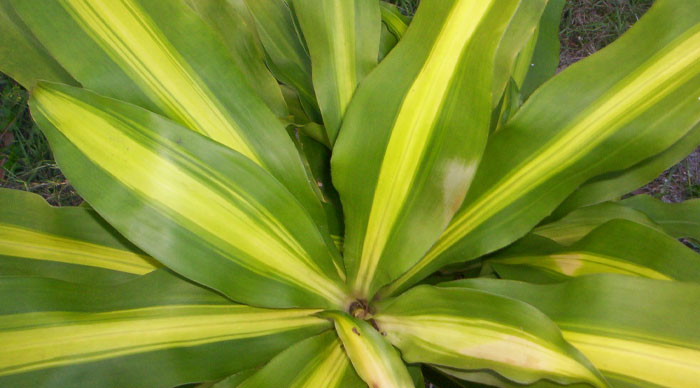
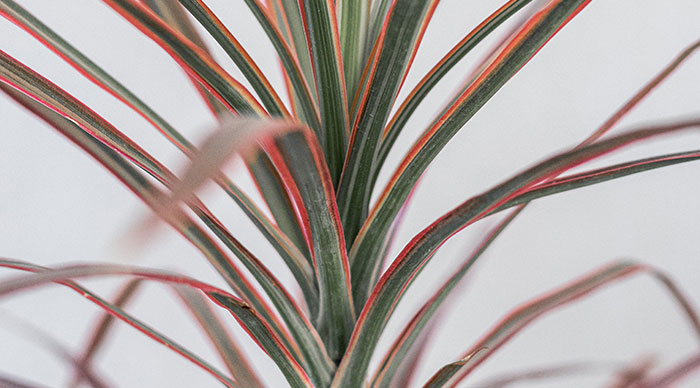
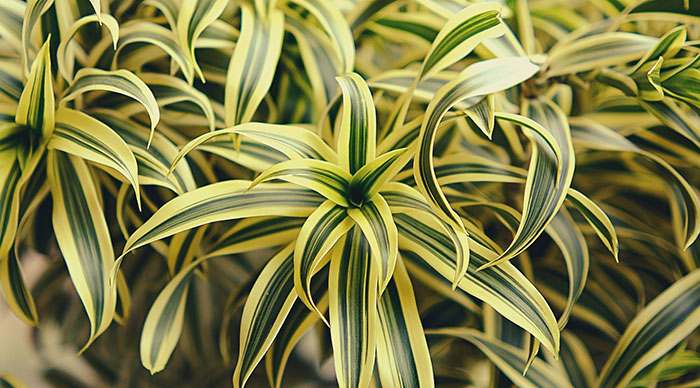
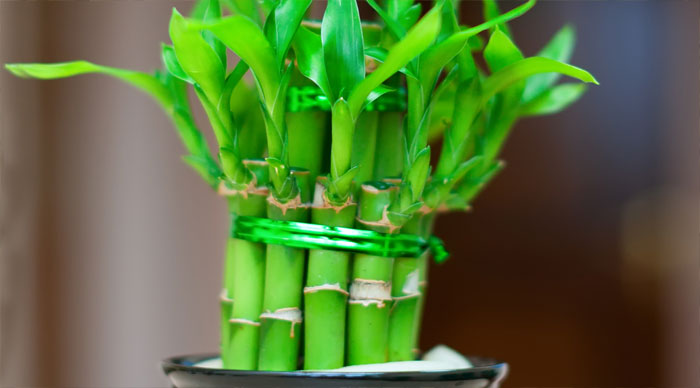
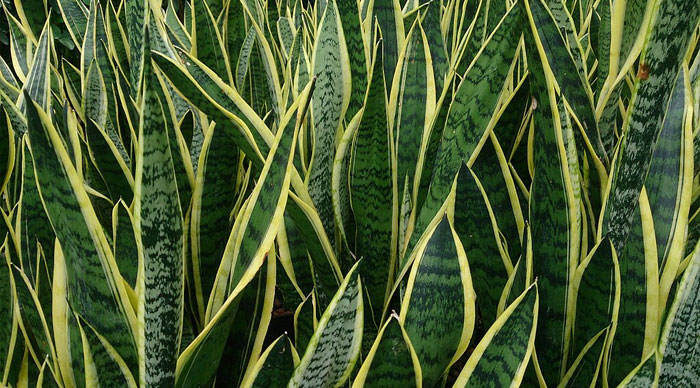
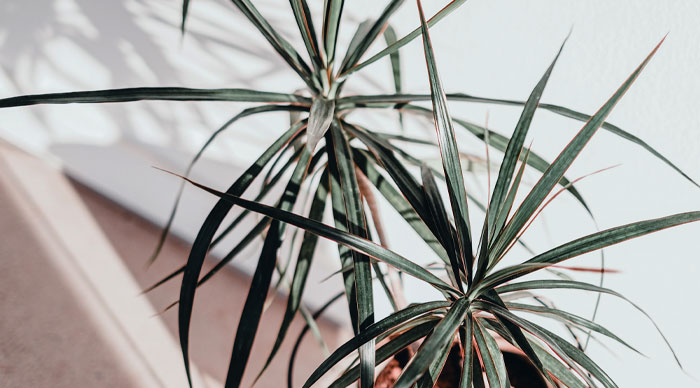
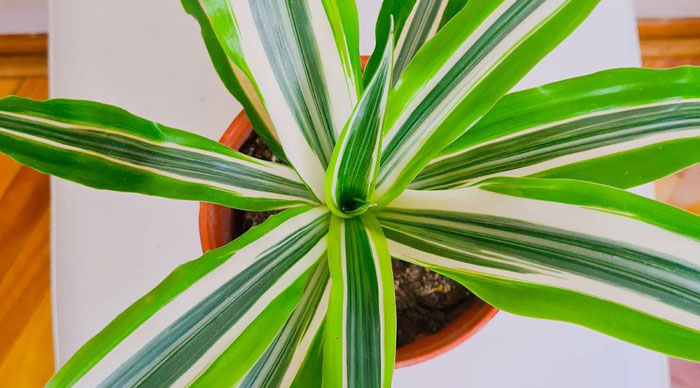
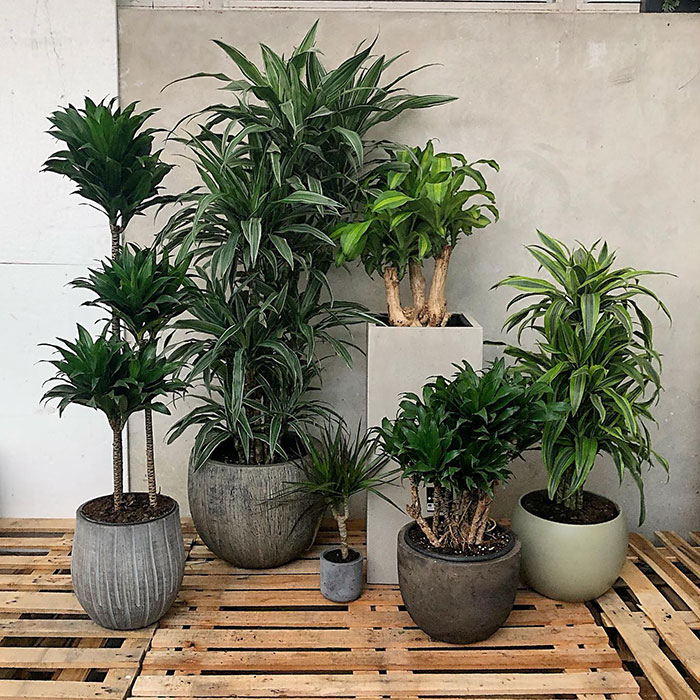

















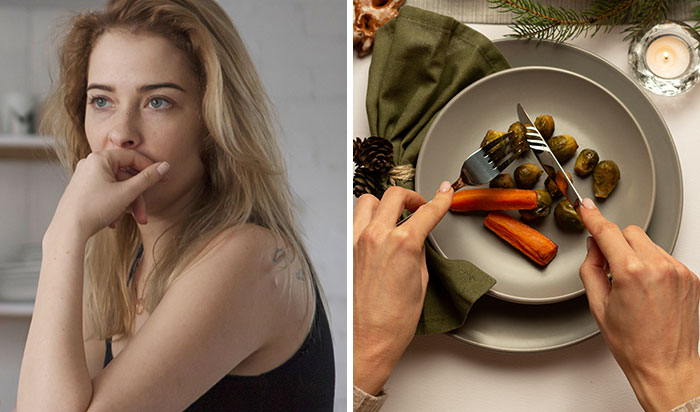






























14
2